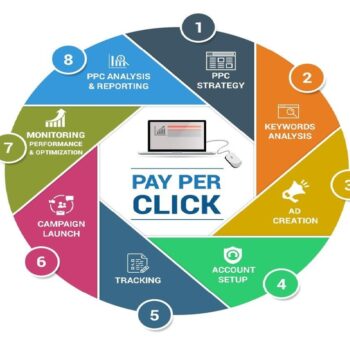Website Redesign Checklist: Tips for a Successful Refresh
Introduction
In the ever-evolving digital landscape, a website is often the first point of contact between a business and its potential customers. However, the web is a dynamic place, and what was trendy and effective a few years ago may not hold up today. This is where website redesign comes into play. Whether your site is outdated, not mobile-friendly, or simply in need of a fresh look, a website redesign can breathe new life into your online presence. But how can you ensure a successful website refresh? Let’s dive into a comprehensive Website Redesign Checklist that covers everything you need to know.

The Planning Stage
Before diving headfirst into a website redesign, careful planning is essential. Here’s what you should consider:
- Define Your Goals and Objectives
Begin by outlining your goals for the redesign. Are you looking to improve user experience, increase conversions, or modernize your brand image? Knowing your objectives will guide the entire process. - Analyze Your Current Website
Conduct a thorough analysis of your existing site. What works well, and what doesn’t? Identify strengths and weaknesses to inform your redesign strategy. - Understand Your Target Audience
Revisit your target audience’s demographics and preferences. Tailor your redesign to meet their needs and expectations.
Design and User Experience
Once you’ve laid the groundwork, it’s time to focus on the design and user experience aspects:
- Responsive Design is a Must
In an era of mobile dominance, ensure your website is responsive. Mobile optimization is not just a trend; it’s a necessity for user satisfaction and SEO rankings. - Streamlined Navigation
Simplify your website’s navigation. A clear and intuitive menu structure helps users find what they’re looking for quickly.

Content Strategy
Effective content is the backbone of any website. Consider the following:
- Content Audit and Strategy
Audit your existing content to identify what can be reused, updated, or removed. Develop a content strategy that aligns with your goals and resonates with your audience. - Optimize for SEO
Integrate SEO best practices throughout your content creation process. Keyword research, meta tags, and high-quality content are key elements.
Technical Considerations
Don’t overlook the technical side of website redesign:
- Website Speed and Performance
Speed matters. Optimize images, minify code, and leverage content delivery networks (CDNs) to ensure fast loading times. - Mobile-Friendly Testing
Test your website across various mobile devices to guarantee a seamless user experience on smartphones and tablets.
Testing and Quality Assurance
Before your redesigned website goes live, thorough testing is vital:
- User Testing
Conduct usability testing with real users to identify any potential issues or areas for improvement. - Cross-Browser Compatibility
Ensure your website functions correctly across different web browsers.
Launch and Post-Launch
- Finally, it’s time to launch your redesigned website:
- Backup and Data Migration
Backup your existing site and perform a smooth data migration to the new design. - Monitor and Gather Feedback
After the launch, closely monitor website performance and gather user feedback to make necessary adjustments.
Conclusion
A successful website redesign is a complex process that requires careful planning and execution. By following this Website Redesign Checklist, you’ll be well-equipped to refresh your site effectively. Remember that the key to a thriving online presence is adaptability; regularly revisit your website’s design and functionality to stay ahead in the digital game. Embrace change, and your website will continue to be a valuable asset for your business.


